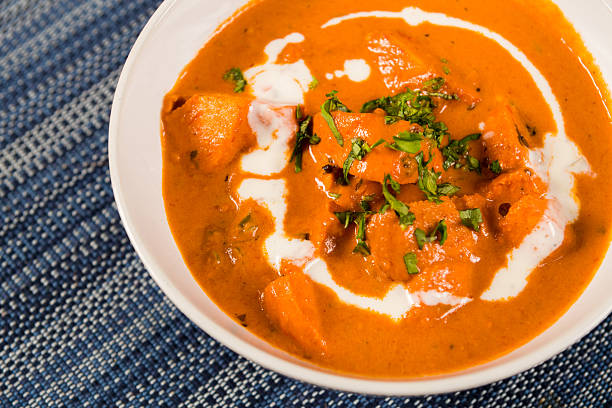A team of researchers at Loughborough University recently proposed a new system for food labeling called “physical activity equivalent calorie,” or Pace. This method shows how many minutes it would take for a person to burn off the calories found in certain foods and beverages. Researchers found that participants could better understand this new method, and it may help them avoid eating high-calorie food.
These types of labels are easier to read, but they can also be misleading and not suitable for all.
Benefits
The team from Loughborough showed that, in addition to being easier to understand and more effective than other methods of food labeling, using exercise to show the equivalent calories can help consumers consume fewer calories. This is around 65 calories per meal.
This may sound insignificant, but over time, this can help people eat less as well as eat fewer high-calorie foods like fast food.
Other studies show that Pace can also help to increase physical activity levels in a small way. This could be helpful for those who want to be more active.
Exercise to illustrate calories in food can be an effective tool for consumers, as it gives them understandable and relatable information. This may help them plan more effectively their meal plans and workouts, which could lead to healthier food choices while also encouraging physical activity.
The negatives
Although initial results on the exercise-based food label seem promising, more research is needed in real-world situations as well as over longer periods to inform future health policy.
The age of a person is only one factor that influences how many calories you burn. LanaG/ Shutterstock
is another flaw in the Pace method. It generalizes calories burned. The averages on the labels are not necessarily true for each individual.
The amount of calories that you burn is affected by a number of factors. These include the type of exercise, the intensity of the training, and your age. It is highly individual.
The general food label could be misleading. The calories burned on the pack may not apply to all people. Some people may eat more food or less than they need.
The assumption that all calories are the same could also be misleading. Two foods that have the same number of calories may contain different amounts of sugar, fiber, fat, or protein.
All of them are metabolized in different ways, which can affect how our food is used and stored. Low-fibre, high-sugar, energy-dense food has been linked with weight gain when compared to healthier alternatives containing the same number of calories.




